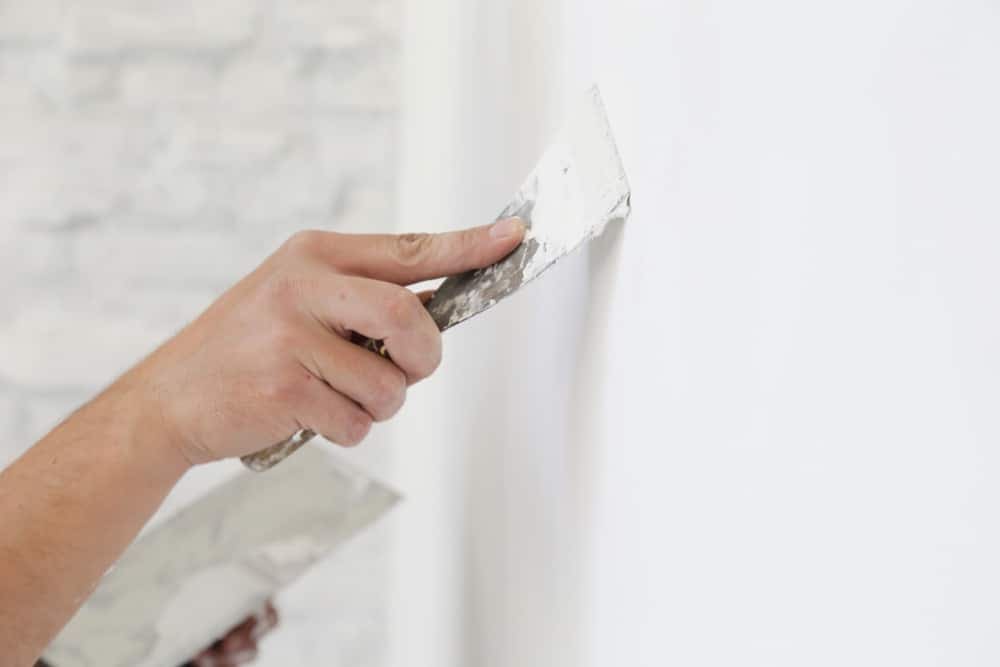
How to Protect Painted Walls from Scuff Marks and Scratches
Whether you’ve just had your interior painted or you’re trying to keep your walls looking sharp for the long haul, scuff marks and scratches can quickly undermine the clean, finished look of your space. From hallway corners to high-traffic mudrooms, walls take a lot of daily wear, and unless you’ve planned ahead, those marks won’t just be an eyesore; they’ll be hard to fix cleanly.
Understanding how to protect painted walls from scuff marks isn’t just about spot-cleaning. It starts with making smart decisions during the painting process, choosing the right materials, and working with professionals who can anticipate high-impact zones in your home.
In this blog, we’ll cover the essential strategies for long-term wall protection from paint selection to daily habits so your freshly painted walls stay looking fresh, longer.
Start With the Right Paint and Finish
The foundation of wall protection starts long before the first scuff appears; it begins with the paint itself. One of the most common reasons walls collect marks, scratches, or wear faster than expected is that the wrong type of paint was used for the space.
When you work with a professional painter, you’re not just hiring someone to apply color. You’re getting expert advice on product selection, surface prep, and finish, all of which play a direct role in how well your walls hold up under daily use.
Here’s why paint type and finish matter more than most people realize:
- Durable finishes are easier to clean. Eggshell, satin, and semi-gloss finishes offer greater resistance to scuffs and allow for light scrubbing. These are ideal for hallways, kids’ rooms, and entryways.
- Flat or matte finishes can trap dirt. While they hide imperfections beautifully, these finishes tend to absorb marks and are harder to clean without leaving residue or uneven patches.
- Professional prep improves adhesion. Scuffs often occur when paint starts to lift due to poor bonding. A pro will know how to properly clean, sand, and prime surfaces to create a strong foundation.
- Not all paint products are equal. High-quality paints offer better film strength, smoother finishes, and longer-lasting durability. Pros know which brands and formulas perform best for specific wall conditions.
If you’re concerned about how to protect your interior painted walls from scuff marks and scratches, the best starting point is working with a painting professional who selects finishes based on how you live, not just how you want a room to look.
Strategic Wall Protection for High-Traffic Areas
Even the most durable paint won’t hold up if certain areas of your home are constantly being bumped, scraped, or touched. Hallways, mudrooms, stairwells, and entryways are prime spots for wear and tear. Rather than repainting every time a backpack scuffs the wall or a chair rubs against the surface, the smarter solution is to incorporate physical or design-based protection.
Professional painters and contractors often recommend custom solutions in these vulnerable zones, not just for aesthetics, but for longevity. The goal isn’t to avoid using the space, but to protect it in a way that still feels intentional and well-designed.
Here are a few strategies worth considering:
- Wainscoting or chair rails: These aren’t just for style; they serve as a physical barrier between your furniture and your painted walls, especially in dining areas and hallways.
- Wall-mounted panels or washable coverings: In spaces like mudrooms or kids’ zones, professionals may recommend high-performance panels that mimic the look of painted surfaces but are far more resistant to impact.
- Reinforced paint products: For homes with kids or pets, there are scuff-resistant paint lines designed specifically for high-traffic walls. A professional will know which options are actually effective, not just well-marketed.
- Strategic color placement: Darker colors or textured finishes in lower wall zones can help disguise wear in areas that naturally collect contact.
If you’re wondering how to protect painted walls from scuff marks, the answer isn’t always just “better paint,” it’s knowing where extra reinforcement matters most. And that’s exactly the type of insight a skilled painter brings to the table.
Daily Habits That Prevent Wear and Tear
Even with the right paint and strategic wall protection in place, small daily habits play a huge role in preventing damage. The truth is, scuff marks and scratches often come from everyday actions moving furniture, carrying bags, or simply brushing past a narrow hallway.
The good news? These are things you can anticipate and adjust for, especially when working with a professional painter who understands not just how to apply paint, but how to help it last.
Here are a few common-sense habits that make a real difference in protecting your walls:
- Add felt pads to furniture legs. This simple fix helps prevent scratches when chairs, tables, or consoles shift even slightly.
- Leave clearance space. Avoid placing furniture flush against the wall. Pros often help position items to reduce wall contact during final walk-throughs.
- Designate drop zones. Encourage family members to place backpacks, sports gear, or handbags on hooks or in baskets, not against freshly painted walls.
- Mind your corners. Corners take a beating, especially in tight spaces. A professional can install corner guards or use more durable paint in those areas.
- Use washable wall surfaces in kids’ spaces. For nurseries, playrooms, or mudrooms, painters may recommend products specifically designed to withstand higher contact.
If you’re wondering how to protect walls from marks and scratches, these everyday strategies are a great start. But the real key is having a paint job designed to handle your lifestyle from the start, and that’s where pros add value well beyond the brush.
When and How to Touch Up Without Making It Worse
Touch-ups are one of the most misunderstood parts of maintaining painted walls. Homeowners often assume it’s as simple as dabbing on a bit of leftover paint, but without the right prep, tools, and technique, those small fixes can leave obvious patches that are just as distracting as the original scuff.
Protecting walls from scuff marks includes understanding when a touch-up will blend and when it won’t. This is another area where hiring a professional can save both time and surface quality.
Here’s what matters most when it comes to successful touch-ups:
- Paint aging changes the color. Even if you use leftover paint from the original job, walls exposed to light, temperature changes, or daily wear will shift in tone. Professionals can color-match more accurately to account for fading.
- Surface prep is everything. A touch-up on a dirty, oily, or uneven surface won’t adhere properly and will likely flash (look shinier or duller) than the surrounding area.
- Application technique matters. A brush touch-up on a wall that was originally rolled will leave visible edges. Pros use the right tools and feathering techniques to blend seamlessly.
- Some finishes don’t touch up well. Matte or flat paints are generally easier to touch up, while satin or eggshell can leave streaks unless reapplied across a larger surface.
Instead of making an eyesore worse with a DIY fix, a professional painter can assess whether a touch-up is possible or if a broader repaint is needed to maintain a consistent finish. Either way, the result looks polished, not patched.
Protecting Your Paint Means Planning Beyond the Brush
Scuff marks and scratches aren’t just cosmetic annoyances; they’re signs that your paint isn’t standing up to the real demands of your home. But with the right paint, strategic design choices, and a few smart habits, your walls can look freshly painted for far longer than you might expect.
If you’re curious about knowing how to protect walls from scuff marks, it starts with hiring professionals who understand how paint performs in real homes, not just in showrooms. From choosing durable finishes to installing subtle protections and guiding you on long-term maintenance, experienced painters bring more than just a brush; they bring insight.





